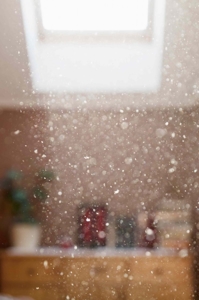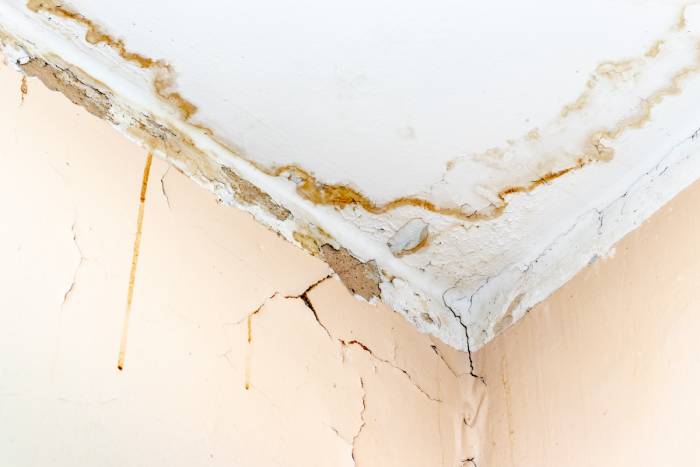
As one of the four most common types of household mold, Aspergillus may take many forms. For most people, this type of mold is relatively harmless – unlike the allergenic mold known as Alternaria. However, for those who already have a weakened immune system, lung disease or respiratory condition, Aspergillus can cause a lot of damage. Read on to learn important facts about Aspergillus, including what you should do if you find it lurking in your home.
What is Aspergillus?
Aspergillus is a genus that consists of several hundred mold species, with some being more dangerous than others. Found in various climates worldwide, Aspergillus is most commonly located in the Northern hemisphere during autumn and winter. This mold mostly grows on carbon-heavy substances in oxygen-rich environments, but it can also grow in damp places as a component of mildew. The mold you see on bread, potatoes, plants or trees is likely a species of Aspergillus mold. In your home, Aspergillus can grow on damp walls, wallpaper, floorboards, carpets, HVAC insulations, filters, fans and more.
What makes Aspergillus mold dangerous?
Aspergillus mold is generally harmless in humans. However, if you suffer from any type of respiratory issue, you may be prone to aspergillosis, a respiratory infection that claims the lives of thousands of people every year. According to the CDC, health problems related to Aspergillus and aspergillosis can include, depending on exposure:
- Allergic reactions
- Lung infections
- Organ infections or failure
- Wheezing
- Shortness of breath
- Headache
- Coughing up blood
- Fatigue
- Fever
- Chest pain, and more.
What do I do if I think Aspergillus mold is in my home?
If you have any type of mold in your home, it's best to call the experts, such as the professionals at ServiceMaster Restore®. We will work with you to create a comprehensive mold remediation plan that is unique to your situation, so that your home and your health can get back to normal as quickly as possible. With our proven guidance and expertise, you may be able to prevent the risks associated with Aspergillus mold in your home, before they turn dangerous.
Of course, when it comes to mold, prevention is the best remedy. Read through the ServiceMaster Restore blog to find out how you can prevent mold growth in different areas of your home, so that you can avoid major problems before they even appear.

